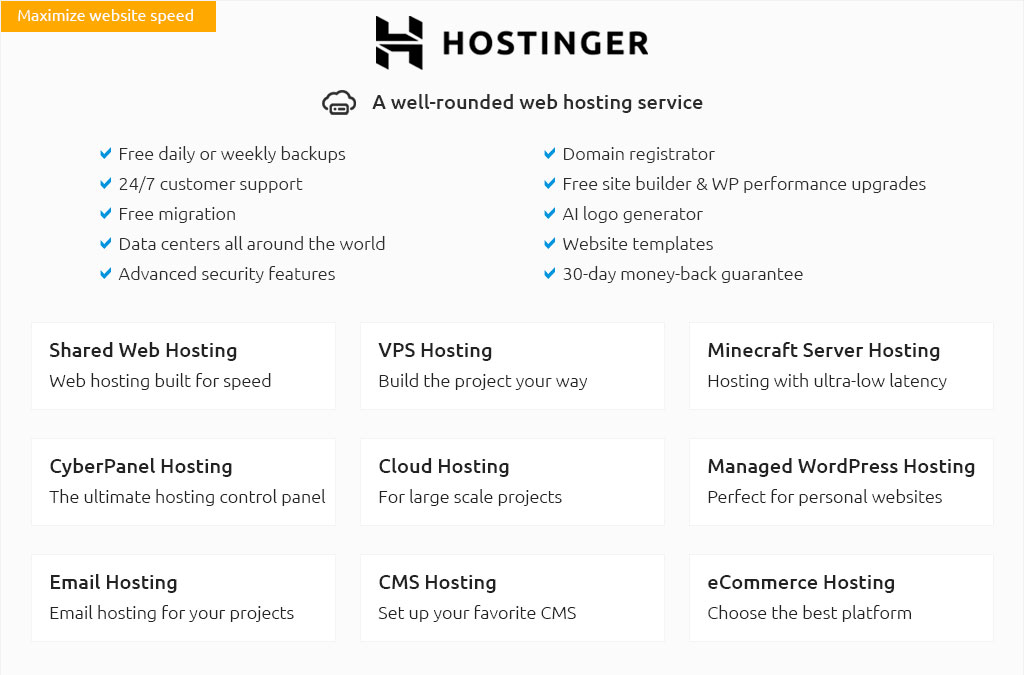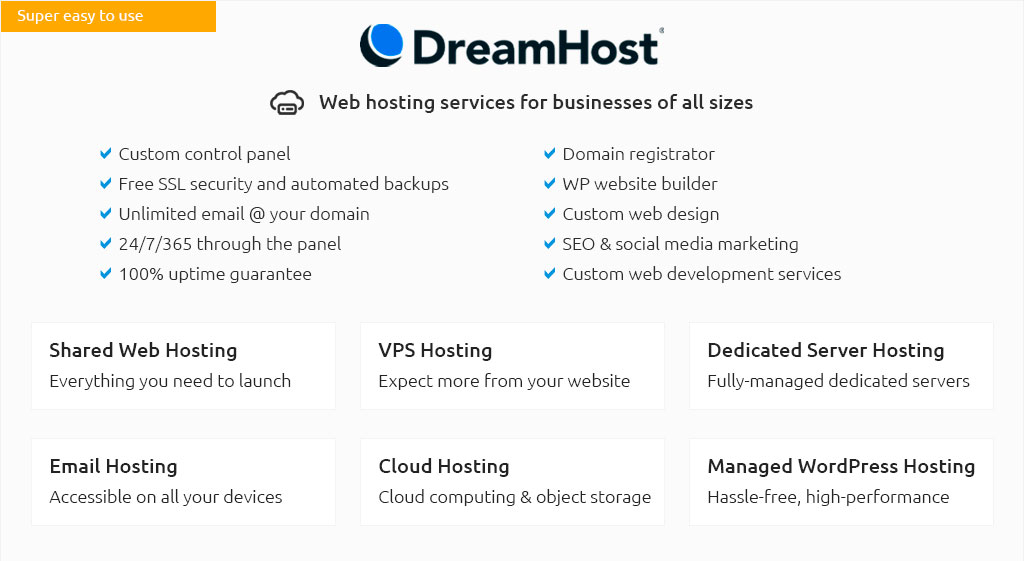 |
|||
 |
 |
 |
|
 |
|
 |
 |
 |
|||
 |
|||
 |
|||
 |
|||
 |
 |
|
i9wyd23hvck Managing Multiple Linux Servers: Essential ConsiderationsIn today's rapidly evolving technological landscape, the ability to efficiently manage multiple Linux servers is more crucial than ever for systems administrators and IT professionals. As organizations continue to scale their operations, leveraging the power of Linux servers has become a fundamental component of ensuring robust performance and reliability. However, this task is no small feat, requiring a comprehensive understanding of various tools, strategies, and best practices. Let's explore some key considerations that can significantly streamline the management of multiple Linux servers. First and foremost, automation is your ally in this endeavor. Embracing automation tools such as Ansible, Puppet, or Chef can drastically reduce the manual overhead involved in server management. These tools allow you to automate repetitive tasks, deploy updates seamlessly, and ensure consistency across all servers. The result is not only enhanced efficiency but also reduced risk of human error, which can be a common pitfall when managing a large number of systems. Moreover, automation facilitates better scalability, allowing you to easily add new servers to your infrastructure without the need for significant reconfiguration. Another critical aspect to consider is monitoring and logging. Implementing a comprehensive monitoring system, such as Nagios or Zabbix, can provide real-time insights into the health and performance of your servers. Coupled with effective logging practices, these tools can alert you to potential issues before they escalate into critical problems, thus minimizing downtime and maintaining optimal server performance. It is also advisable to utilize centralized logging solutions like the ELK stack (Elasticsearch, Logstash, Kibana) to manage logs efficiently and derive actionable insights. Security, of course, cannot be overlooked when managing multiple Linux servers. Ensuring that your servers are secure involves more than just setting up a firewall; it requires a proactive approach to patch management, user access controls, and vulnerability assessments. Regularly updating your servers to patch known vulnerabilities is paramount, as is implementing strong authentication mechanisms such as SSH keys and two-factor authentication. Additionally, employing configuration management tools can help maintain security baselines and prevent unauthorized changes. Furthermore, backup and disaster recovery strategies are indispensable. Regular backups are essential to safeguard against data loss, and having a well-tested disaster recovery plan can make all the difference in the event of a catastrophic failure. Tools like rsync, Bacula, or commercial solutions can be employed to automate backups and ensure that your data is both secure and recoverable. In conclusion, managing multiple Linux servers is a multifaceted challenge that demands a combination of technical expertise, strategic planning, and the right set of tools. By prioritizing automation, monitoring, security, and backups, you can not only streamline your server management processes but also enhance the reliability and security of your infrastructure. While the task may seem daunting, with the right approach and resources, it becomes a manageable and even rewarding aspect of IT operations. https://www.reddit.com/r/homelab/comments/th1g2w/management_of_multiple_linux_servers/
I use cloud-init to run the salt-bootstrap script to set up and register the nodes to the salt-master and set up a few very basic configurations ... https://linuxcommunity.io/t/remote-management-for-multiple-linux-servers/247
Prometheus and Grafana would be a good one. It tracks and collects server metrics and presents them in a centralized view so you can easily ... https://www.ssdnodes.com/blog/tools-to-manage-multiple-linux-servers-free/
Webmin is another open-source tool for Linux server management. It allows you to manage multiple servers using a web interface instead of ...
|